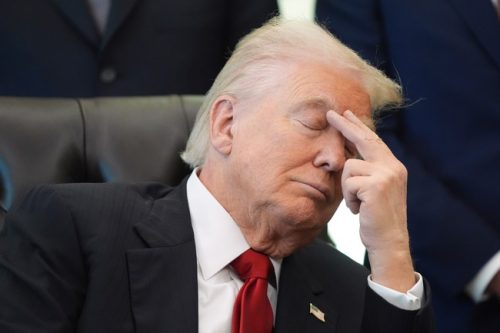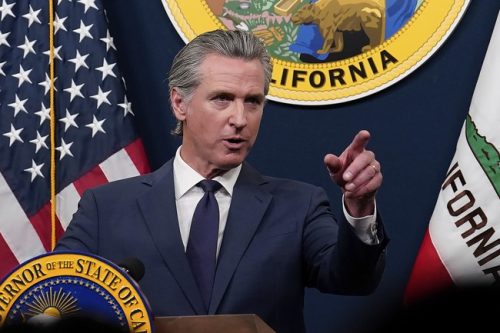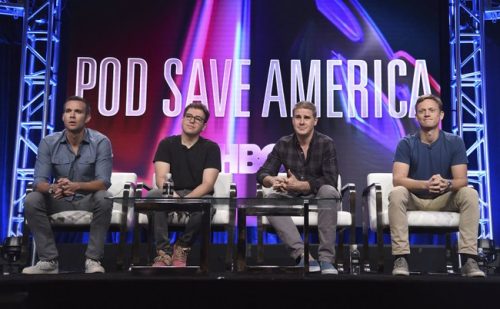The debate over podcast diversity has turned into the latest culture-war headline, with critics claiming the medium is too white and male while others point out that podcasting’s low barriers to entry mean success still comes down to talent and audience demand.
The Left has a long track record of labeling everyday things “racist,” and the list keeps growing. Over the years that list has included books, accessories, song lyrics, natural phenomena, school curricula, and even simple lifestyle choices. Now, podcasting has been added to that rolling inventory of supposed offenses.
Outlets are insisting podcasting suffers from a stark diversity problem and that representation at the top matters more than content quality or listener choice. Podcasts are cheap to start and widely accessible, yet the critics want the medium reshaped around identity goals rather than audience response.
One recent write-up drove home the concern with hard numbers and an urgent tone. The study cited argues the medium is dominated by a narrow slice of the population, and that this imbalance deserves attention in a growing industry. The piece presents the statistics as a call to action for change within podcasting circles.
There is no industry with fewer barriers to entry than podcasting , shut the hell up. pic.twitter.com/qywR4sfQdq
— TheQuartering (@TheQuartering) November 11, 2025
The hosts of the top 100 podcasts of 2024 were overwhelmingly white and male, a new comprehensive study from USC reveals. Of the top podcasts, 64% were hosted by men, while 77% of the hosts were white, underlining a severe lack of diversity in the medium that continues to rise in popularity and has become a cornerstone of viewing time on YouTube.
Podcasting really does have remarkably low barriers to entry: a computer, a microphone, and an internet connection will get you started. The real challenge is building an audience, producing consistently good shows, and keeping listeners coming back. That requires talent, story sense, and production values that compete in a crowded marketplace.
Do the math and the numbers tell a more nuanced story: of the top 100 podcasts, 36 percent are hosted by women and 23 percent are non-White. Those figures show representation exists, even if it is not distributed evenly across every show category. The complaint seems less about absence and more about demanding a particular outcome regardless of listener preferences.
And? Why should we be concerned about the makeup of podcast hosts unless it demonstrably harms listeners or creators? Media critics rarely run similar front-page outrage pieces for industries that are dominated by men for obvious reasons. Forestry is about 97 percent male, roofing 98 percent, and mining 95 percent, yet these sectors rarely trigger the same calls for media-driven corrective measures.
When you zoom out, the media’s selective moral panic reveals priorities. Men die by suicide at higher rates, they make up a disproportionate share of the homeless, and they are more likely to be homicide victims, but those facts rarely prompt the same shrill coverage. Instead, the narrative machine often focuses on cultural signifiers where grievance can be crafted into headlines and pressure applied to change the tone of the conversation.
Marketplace success in podcasting comes from attracting listeners, not satisfying an editorial checklist. Hosts who build audiences do so by delivering value, not by checking boxes on a diversity chart. If more listeners take to voices from different backgrounds, those shows will rise; if not, the market sends a signal about what audiences actually want to hear.
That reality should make critics pause before demanding sweeping interventions. There are real barriers in many fields worthy of concern, but podcasting’s low startup cost and the democratizing power of distribution mean the solution is often more creators, not fewer standards. Let creators focus on craft and let listeners decide which voices stick.






